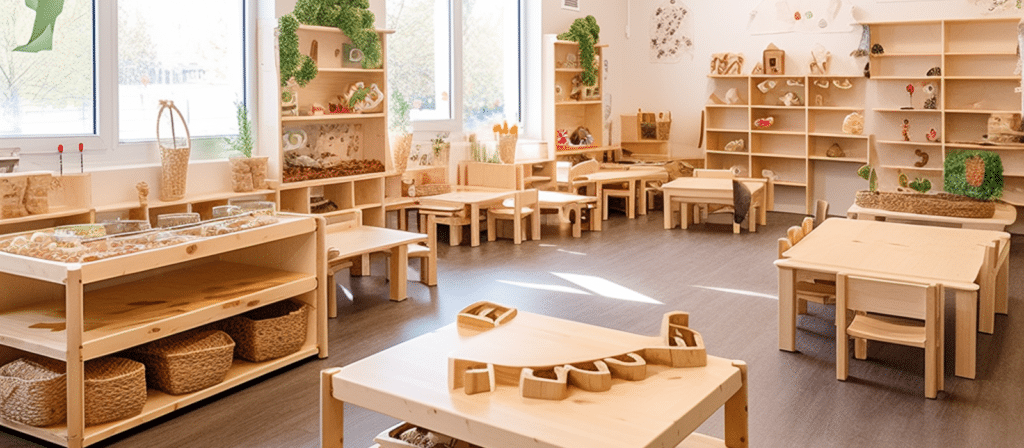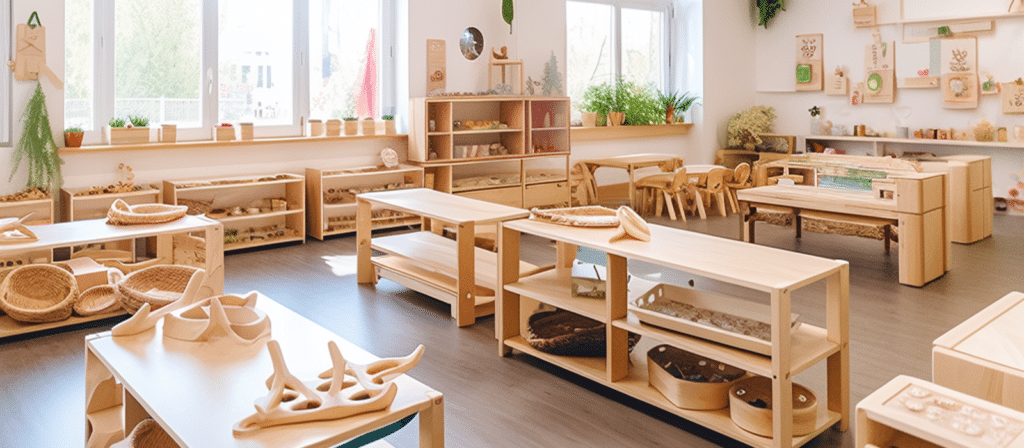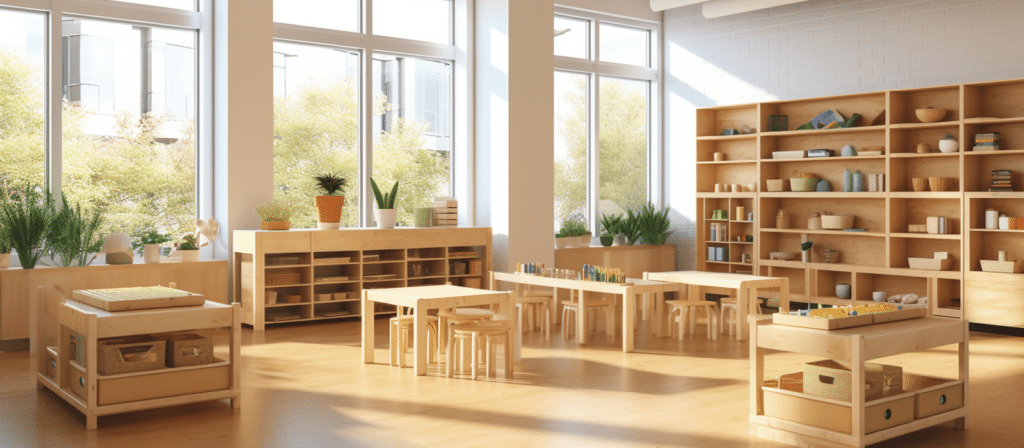Are you looking to create a preschool classroom that welcomes and supports every child, regardless of their unique needs and abilities? In this article, we’ll explore the crucial role that classroom furniture plays in fostering inclusivity. Learn how thoughtful design and the right furniture choices can make a significant difference in creating an inclusive learning environment.
Preschool classrooms should be designed to accommodate the diverse needs of children. One way to achieve this is by investing in flexible and adjustable furniture. Adjustable tables and chairs allow children of different heights and sizes to sit comfortably and engage in activities at their own pace. By providing furniture that can be easily adapted, we empower every child to participate fully in classroom activities, regardless of their physical abilities.
In addition to adjustable furniture, it is crucial to consider the materials used in the construction of preschool classroom furniture. Opting for eco-friendly and non-toxic materials ensures the health and safety of all children. It also promotes inclusivity by accommodating children with sensitivities or allergies. By creating a safe and healthy environment, we create equal opportunities for all children to learn and thrive.

How Does Inclusive Furniture Impact Learning?
Research has shown that an inclusive environment positively impacts a child’s learning experience. When children feel included and comfortable in their surroundings, they are more likely to engage actively in classroom activities. By providing furniture that meets their individual needs, we empower children to take ownership of their learning and develop a sense of belonging.
Inclusive furniture also encourages collaboration and social interaction among children. By creating spaces that facilitate group work, such as round tables or collaborative seating arrangements, we promote teamwork and communication skills. This fosters a sense of community and empathy among children, as they learn from and support each other.
Furthermore, inclusive furniture allows for the integration of assistive technology. For children with disabilities or special needs, access to technology can greatly enhance their learning experience. By incorporating features such as adjustable computer desks or wheelchair-accessible workstations, we ensure that every child can benefit from the educational opportunities technology provides.
How Can Preschool Classroom Furniture Promote Inclusivity?
We are committed to providing high-quality furniture that promotes inclusivity in preschool classrooms. Our range of adjustable tables and chairs allows for customization to suit the needs of every child. Whether it’s a child with a physical disability or a child who simply needs a different seating arrangement, our furniture ensures that no one is left out.
We also prioritize using eco-friendly and non-toxic materials in the construction of our furniture. This not only ensures the safety and well-being of children but also promotes sustainability and environmental awareness. By choosing Xiha Montessori’s furniture, preschools can demonstrate their commitment to creating a healthy and inclusive learning environment.
In addition to our standard range of furniture, we offer customizable options to cater to specific needs. Whether it’s a sensory-friendly corner or a workstation designed for children with mobility challenges, we work closely with educators and parents to create furniture solutions that address individual requirements. Our goal is to provide furniture that supports every child’s unique learning journey.

The Impact of Inclusive Furniture on Classroom Dynamics
Inclusive furniture goes beyond just accommodating individual needs. It has a profound impact on the overall classroom dynamics and the relationships formed among children. When children see that their classmates’ needs are respected and catered to, it fosters empathy, understanding, and acceptance. This, in turn, creates a positive and nurturing learning environment for all.
Moreover, inclusive furniture promotes a culture of diversity and inclusion from an early age. By exposing children to different abilities and perspectives, we help them develop a broader understanding of the world around them. This prepares them to be compassionate and inclusive individuals as they grow older.
Conclusion
Promoting inclusivity in preschool classrooms is not just about ticking boxes or meeting requirements. It is about creating an environment where every child feels valued, supported, and included. By investing in adjustable and inclusive furniture, we can ensure that every child has an equal opportunity to learn, grow, and thrive.
Inclusive furniture is not just a practical choice; it is a statement of our commitment to creating a better future for all children. Let’s embrace inclusivity and transform preschool classrooms into spaces where every child can shine.













